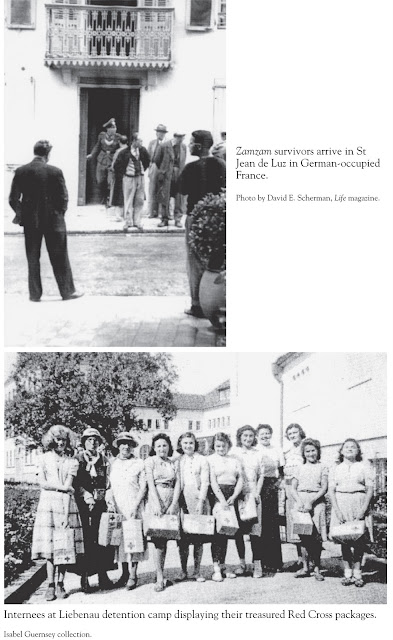 Canadian Woman at War, 1939 - 1945
Canadian Woman at War, 1939 - 1945by Carolyn Gossage
This collection of official wartime records juxtaposed with personal reminiscences is a long-overdue tribute to those women who signed on to serve King and Country in Canada and on overseas postings. Here are some of their comments:
"In basic training, if you hadn't been able to laugh, you wouldn't have been able to retain your sanity. In fact, there were a few who didn't..."
"We had to do what we were told, that was all there was to it. No questions asked. Mind you, I don't think women take to orders as readily as men do."
"Getting overseas was the ultimate for everyone - of course, we didn't know what it was really like. It was just the idea of the excitement and the adventure of it all."
"The first time I went over to the Continent, the Germans were still bonbarding the coast of France, and we had to dodge the flak."
"Having shared that experience was like having a language of your own. It was quite a shock when you left the service - everything had changed."
"I just wonder, if you would turn the clock back, what it would be like today, with so many women being educated. I think it would be much different - an entirely different ball game - because men dominated the whole thing then."
"Bacon and eggs! What a thrill after all those years of powedered eggs."
The foreword to Greatcoats and Glamour Boots is by Canada's first female astronaut, Dr. Roberta L. Bondar (http://www.robertabondar.com/):
 |
| Dr. Roberta L. Bondar |
The three themes of war, patriotism, and of individual Canadians accomplishing extraordinary things are captured in Greatcoats and Glamour Boots. This book is about a segment of the population of Canada that might otherwise be buried in the sands of time and the Department of National Defence archives. More often than not female heroes remain unsung. The women who comprise the subject matter of this revised edition overcame so many obstacles and frustrations that flying in space almost pales by comparison.
These were women who lived in a unique time and accomplished remarkable things during the most precious years of their lives. Although they were from different backgrounds and had different expectations, they all wanted to live and experience life with the same degree of opportunity and responsibility afforded to men. And why not?
It is impossible for those of us born in 1945 or later to feel the isolation from loved ones imposed by wartime service or the ever-present possibility of death. We can't imagine the roles that women were expected to assume in the advent of World War II, although in part many of us may relate to the frustration of not being heard, believed in, or accepted as equals. What spirit and determination these women in the 1940s must have had - to try to be all they wanted to be and to have leaders who would go to the wall for change! And it wasn't only women in uniform who felt the time was right; but others, not serving in the military, who realized that they, too, should expect equality of opportunity. The truth is that women are constantly evolving - philosophically, spiritually, emotionally and, most recently, defiantly, in the face of inequality.
As a society, today, we are attempting to incorporate gender equality in practice as well as in principle. But in the 1940s, this was not the norm. There were "women things" and there were "men things". And it takes time to change - attitude first, equipment later. It is not surprising that any woman performing a task previously in the exclusive domain of men would have to cope with a pre-existing design that might not be readily adaptable to her. For instance, the very idea of not being able to adjust the seat in a car, van or sports utility vehicle to accommodate a female habitus is unthinkable by today's standards. In the "Notebook" entries, however, we find mention of a perfect example of the kind of difficulty women were faced with when trying to manoeuvre trucks that had been engineered for male drivers. Women simply had not been expected as part of the military machine. And there is a photograph of a group of women at sea leaning against a railing in what appears to be inclement weather in skirts and nylons, no less. These and numerous other examples highlight the fact that Canadian women in uniform during World War II not only pushed the envelope, they enlarged it.
This book, with Interviews so candidly given for our thoughtful reading, is a milestone in terms of Canadian women's history. If anything is to be learned, it is the lesson to all that the struggle towards gender equality was hard fought and should not quickly be forgotten.
Carolyn Gossage has been steadfast in ferreting out the stories and people in vintage photographs so they are more than nameless faces. These images are vivid reminders of an era that lives in memory - a time of innocence in a time of turmoil. Canadians have been blessed with the example of these women who rallied for the cause of peace. The ripple effect includes the reality of the high percentage of women who are now part of today's workforce and the increasing realization that women are to be taken seriously - very seriously.
WWII was a black and white era indeed, and, although the events are virtually surreal to most of us, the faces could be those of our mothers and grandmothers. These are lives to be celebrated. There are far too few left to thank.
R.B.

































































